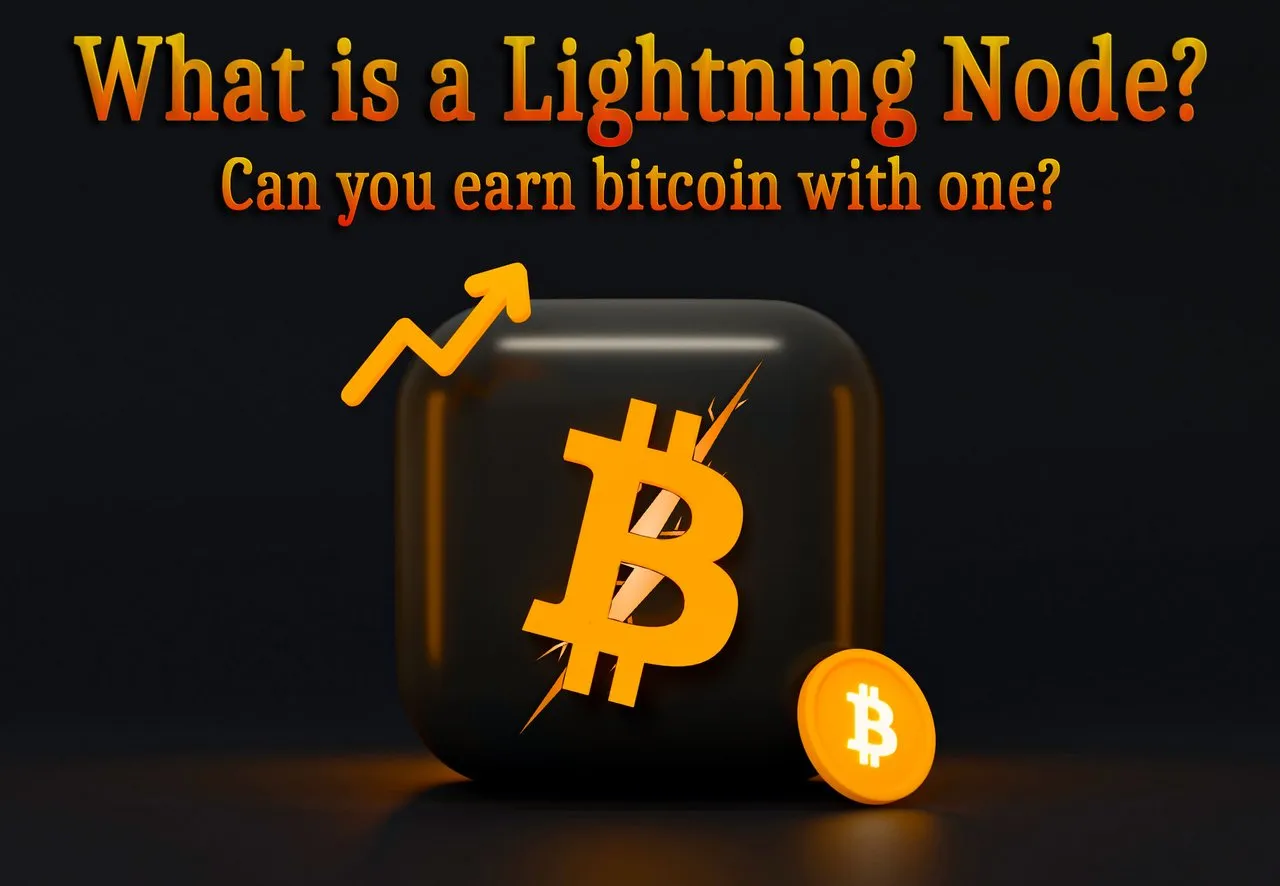
Image by Mariia Shalabaieva on Unsplash and edited by me in Photoshop
The cryptocurrency world is truly captivating. Bitcoin, the pioneer, opened up a new path towards a decentralized financial system without intermediaries. Yet, like any ever-evolving technology, Bitcoin has faced its challenges. One of the most notable ones is the speed of transactions and the associated fees. Who wants to wait minutes or hours for a transaction to be confirmed? This is where Lightning nodes come into play.
What Is a Lightning Node?
A Lightning node is a crucial component of the Lightning Network, a layer 2 solution built on top of the Bitcoin blockchain. Simply put, it acts as a kind of intermediary facilitating fast and cost-effective transactions. If the Bitcoin blockchain is like a major highway, the Lightning Network is like a network of local roads that helps you bypass traffic and reach your destination faster.
Speed is the Key
The primary allure of Lightning nodes is speed. When you make a transaction on the Bitcoin blockchain, it needs to be confirmed by miners, which can take time. This isn't an issue if you're buying a house, but if you just want to pay for a cup of coffee, waiting is not an option.
This is where the Lightning Network truly shines. Lightning nodes enable nearly instantaneous transactions. Imagine you're at your favorite café, ordering a double espresso, and instead of waiting for the transaction to confirm, your payment is processed within seconds! This magic happens thanks to payment channels, which are direct connections between users enabling transactions off the main Bitcoin chain.
How Payment Channels Work
Payment channels can be thought of as temporary agreements between two parties. Let's say you and a friend have a payment channel. Both of you deposit a certain amount of Bitcoin into this channel. Now, you can exchange those Bitcoins instantly without the need for them to be recorded on the main blockchain.
Think of it as if both of you were keeping tabs on how many Bitcoins you owe each other. If you buy a coffee from your friend for 0.001 BTC, you simply adjust those tabs, and presto, the transaction is complete. The beauty here is that this transaction doesn't affect the main Bitcoin blockchain until you decide to close the channel. This means you can make numerous transactions between yourselves without worrying about fees and confirmation times.
Earning with Lightning Nodes
Now, the question many are eager to ask is, "How can I make money with a Lightning node?" While you won't become a millionaire overnight, there are avenues for generating income.
- Routing Fees: Lightning nodes earn small fees for routing transactions through them. Essentially, when someone uses your node to make a transaction, you can charge a small commission for the service. The more your route is used, the more you'll earn.
Setting Up Your Own Lightning Node
Now that you have an idea of how to earn with a Lightning node, you might be wondering how to set one up. Here are some basic steps:
Hardware and Wallet: You'll need a certain amount of Bitcoin to fund your Lightning channel, fiat money to purchase the necessary equipment, and a Lightning-compatible wallet.
Select Your Hardware: Lightning nodes are not miners; they are validation nodes. Some of the most popular hardware nodes include MyNode and Umbrel. Download the appropriate operating system image for your hardware, flash it onto an SD card, and connect an external hard drive if necessary.
Set Up Your Node: Power up the device, follow the instructions, and wait for it to synchronize with the Bitcoin blockchain. This process may take some time, but once complete, your node will be online and operational.
Configure Your Lightning Wallet: Create a Lightning wallet through your node's interface. Ensure that you store your recovery phrase securely. Once your wallet is ready, you can begin using it to execute transactions via the Lightning Network.
Challenges on the Horizon
While Lightning nodes are thrilling, they aren't without challenges. Routing fees can be intricate, and there are security risks associated with your node. Additionally, channel capacity and liquidity can pose hurdles for those seeking to maximize their earnings with nodes.
Conclusions
Lightning nodes constitute a vital part of the crypto revolution. They make transactions swift, efficient, and cost-effective. If you have a passion for the cryptocurrency realm and are willing to learn and experiment, setting up your own Lightning node could be an exhilarating and potentially profitable experience. Just remember, like any investment, there are risks involved, so conduct thorough research and gain a complete understanding of what you're undertaking.
The Lightning Network is reshaping how we perceive cryptocurrency transactions, and Lightning nodes are the linchpin of this transformation. Are you ready to jump into the revolution? I read them in the comments.
Reference:

Hardware used
💻 Dell Vostro-3500
Social Media
twitter | telegram | hive
